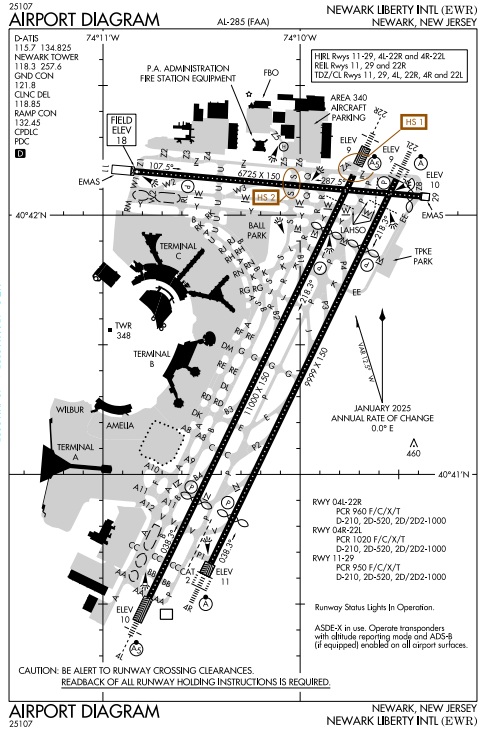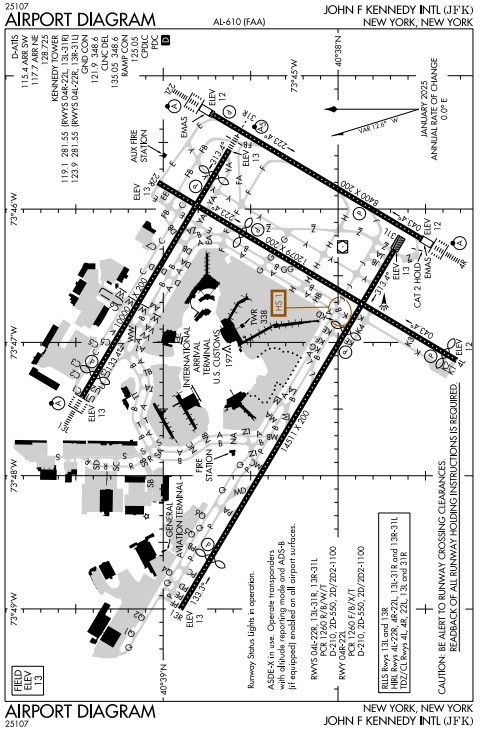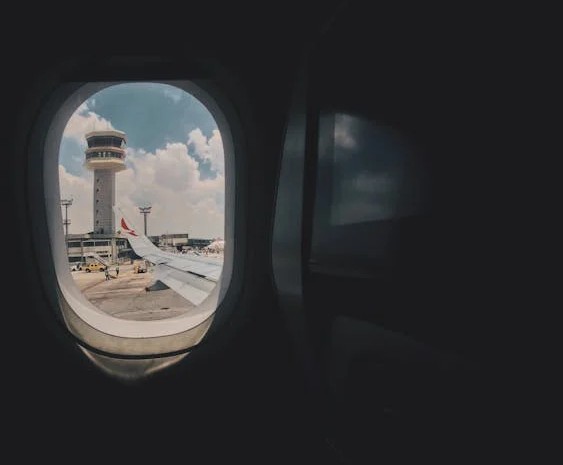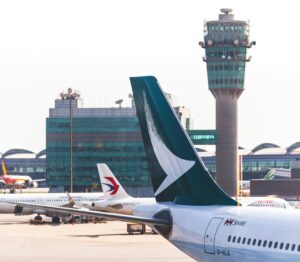Lets discuss the Air Traffic Control positions in a Terminal Control Tower.
There are several different operational positions in an Air Traffic Control tower. Each position has different duties and responsibilities; however, they all share the same goal: safety. The three main operational positions in a control tower are Local Control, Ground Control, and Clearance Delivery. There are other positions in the control tower as well, but these three are present in every tower. Some control towers at major airports may have two Local Control positions, each responsible for individual runways. Additional positions may include, but are not limited to: Supervisor, Flight Data, and Traffic Management. Today, we will focus on Local Control, Ground Control, and Clearance Delivery.
Clearance Delivery
The Clearance Delivery Air Traffic Control Specialist is responsible for issuing clearances to aircraft on the ground. This position is sometimes supported by automation; however, the controller must verify the route for accuracy. A clearance is issued based on the pilot’s filed IFR (Instrument Flight Rules) flight plan. A flight plan describes how the pilot will get from the airport they are currently at to their destination. Many people don’t know that there are GPS waypoints, jet routes, and fixes in the skies that form the basis of a flight plan. This plan acts like a roadmap from one point to the next, so that air traffic controllers know where the aircraft will be and where it is supposed to go. It’s similar to planning a road trip and knowing which towns you’ll pass through or where you’ll stop. Flight plans are printed on a flight progress strip, which is then used by controllers to manage the aircraft along their routes. Clearances are issued in a specific order, which is outlined in FAA Order 7110.65.
Here are some examples below:

Ground Control
The Ground Control position in the Air Traffic Control tower is true to its name. This controller is responsible for all aircraft and vehicle movements on the ground at the airport, excluding active runways. The Ground Controller taxis aircraft from the terminal to the runway or helipad for departure, and from the runway or helipad back to the terminal after arrival. They are also responsible for issuing movement instructions. This responsibility includes managing the movement of aircraft, vehicles, personnel, equipment, and more. Each airport is divided into movement areas and non-movement areas. To operate in a movement area, you MUST be in communication with a Ground Controller. Movement areas include runways, taxiways, helipads, and other designated surfaces. Some surfaces at the airport are considered non-movement areas, and operations in these areas do not require communication with Air Traffic Control. The Ground Control position is vital for maintaining an efficient flow of ground traffic. Keep in mind that some airport configurations have many taxiways, which adds to the complexity of the operation. There are also numerous rules from FAA Order 7110.65 that apply to Ground Control operations.
Check out this Newark Airport diagram to see all the different taxiways Ground Control uses to move aircraft around.

Local Control
The Local Control position in an Air Traffic Control tower is responsible for issuing takeoff and landing clearances. These operations can occur in various places, such as runways, taxiways, helipads, or even the grass in rare situations. Today, we will focus on runway operations. While on final approach to an airport, an aircraft cannot land without a verbal landing clearance from the Local Controller. Similarly, an aircraft cannot depart without a verbal takeoff clearance. Due to the high speeds at which aircraft travel, it is imperative to follow these rules strictly. The Local Controller must adhere to numerous regulations from Chapter 3 of FAA Order 7110.65 to ensure safety. A significant portion of these rules involves runway separation requirements for departing and arriving aircraft. These requirements vary based on multiple factors such as aircraft type, weight class, and the type of runway configuration in use. Some separations are measured in miles, while others are based on time (minutes). The rules differ depending on whether the operation involves the same runway, crossing runways, or converging runways. At smaller airports the local controller must sequence tower traffic pattern aircraft as well. Local Controllers are constantly calculating and applying separation requirements every second they are plugged into the position.
Take a look at JFK airport layout and runway configuration.

Summary
Clearance Delivery
The Clearance Delivery controller is responsible for issuing IFR clearances to aircraft on the ground before departure. This includes verifying the accuracy of the flight plan route and ensuring pilots receive the correct instructions for their intended flight. The clearance provides the “road map” for the flight and is a crucial step before any movement occurs.
Ground Control
Ground Control manages all aircraft and vehicle movements on the airport surface, excluding active runways. This includes taxiing aircraft to and from runways, terminals, and other airport areas. Ground Controllers ensure safe and efficient surface operations by coordinating movement across complex taxiway systems while maintaining communication with all ground traffic.
Local Control
Local Control is responsible for the active runways. This controller issues takeoff and landing clearances and ensures safe aircraft separation in the airspace. Local Controllers apply strict separation rules, often in real-time, based on aircraft performance, runway configuration, and traffic volume, to maintain safety and efficiency in critical phases of flight.
Although each position has its individual responsibility they all work together to achieve the same goal of safety. They also look out for each other while working. Its always a team effort! There are also multiple support systems that help with situational awareness. Hopefully this brief summary of the Air Traffic Control Tower positions helped to clarify the roles and responsibilities of our great Air traffic controller in the Tower Cab.



